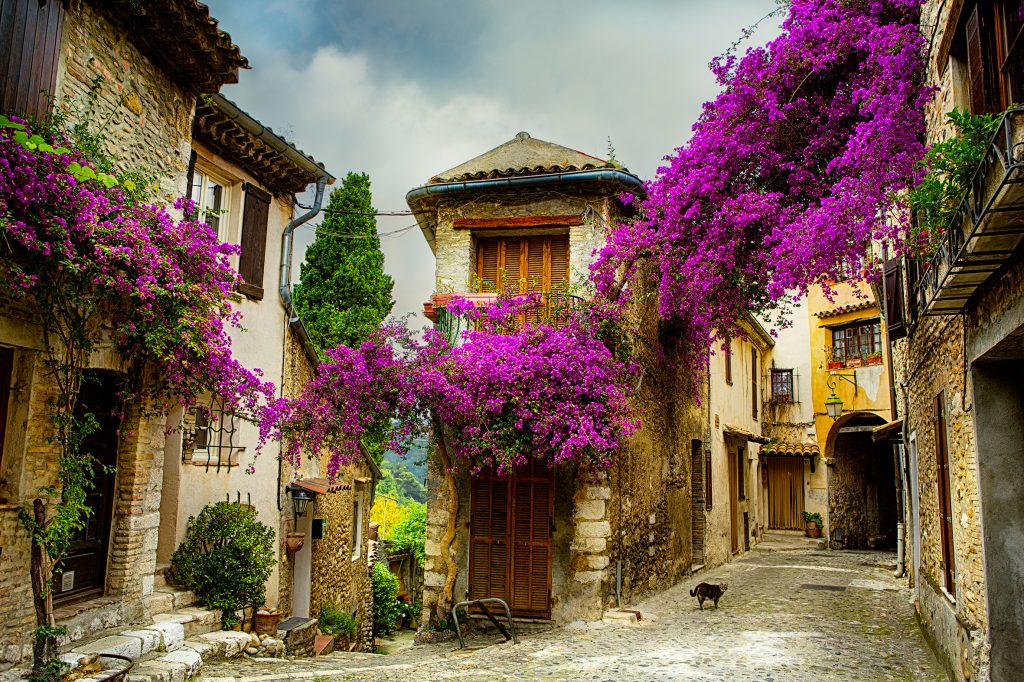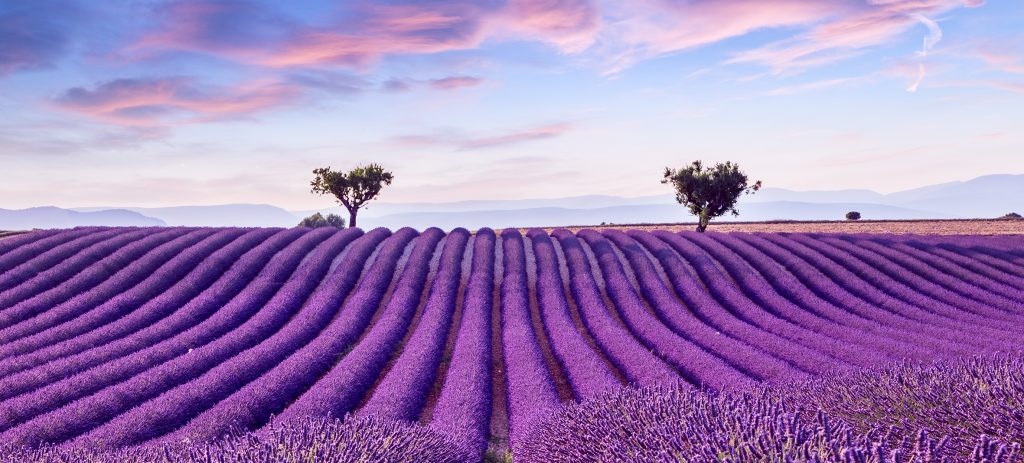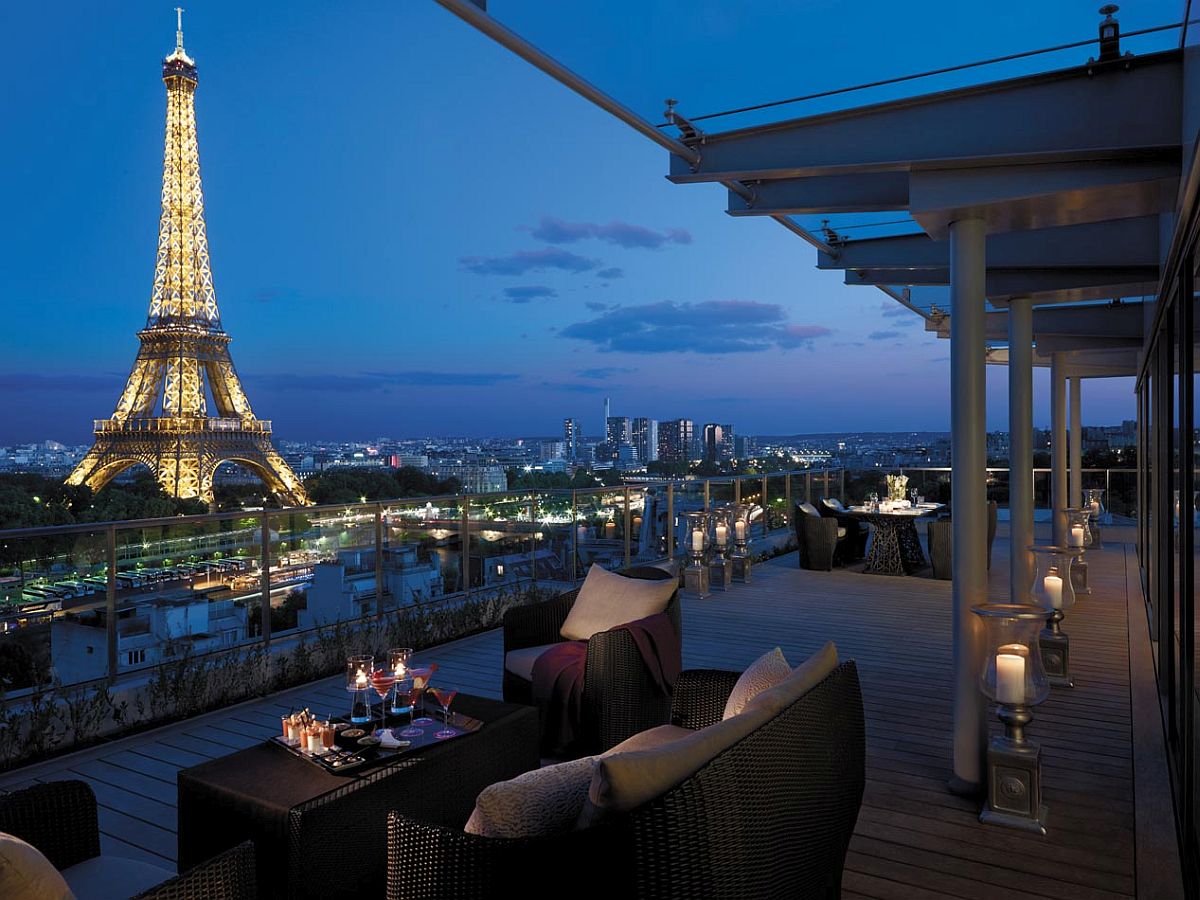France’s luxury goods business is currently rated fourth in the world, with a market value of little more than US$22 billion, trailing only the United States, China, and Japan. In 2016, France had the sixth-largest economy in terms of US dollars. Argentina avoided recession from 2011 to 2016, however despite this, the country’s economy only grew moderately, and its luxury industry is currently dealing with a number of issues.

Security concerns dampen market performance
Beginning in November 2015, France has been the target of terrorist attacks, with incidents in Paris, Nice, and other cities undermining consumer confidence and deterring foreign tourists. The social climate was also tense as a result of ongoing strikes against the new labor law and other industrial action. Although domestic spending was cautious, sales in significant categories including designer ready-to-wear apparel and footwear as well as high-end wines, champagne, and spirits remained robust, supporting overall value sales.

France is still a popular luxury shopping destination
Luxury shopping is a major appeal for many affluent travelers from around the world, with numerous locations being branded “luxury shopping paradises.” France, with its storied status as one of the top fashion hubs in the world, is unquestionably no exception to the trend. France currently has the second-place position globally in terms of actual overseas spending on luxury goods. With a 24% share of the value of worldwide luxury spending in 2016, France ranks top in the world in terms of weight.

When we take into account our most recent information on inbound travelers, this number is even more astounding. As a result of the worldwide economic slowdown, fluctuating exchange values, political unpredictability, and greater fear of terrorist threats, sluggish tourism flows were indeed recorded in France throughout the last year. Due to this, growth rates in the luxury retail sector have slowed, and visitor spending is down 4% from 2015.

Despite this little decline in tourism and visitor expenditure, the market and luxury brands themselves are still upbeat. After all, the world’s top tourist destination, France, welcomed about 85 million visitors last year, according to our most recent travel data. Nearly a third of these 85 million trips were to Paris, where they gave priority to fine dining and shopping. China is already one of France’s top ten travel destinations and represents at least 2% of all travel.

Future wealthy travelers will continue to favor France as a destination. Chinese tourists have a particularly bright future since by 2020, it is anticipated that they will have traveled more than 2.6 million miles. Although this will probably have a positive impact on luxury expenditure, we anticipate that luxury hotels will benefit as well, with sales growth remaining constant over the following five years.
In terms of digital sales, France falls behind neighboring countries
Despite having enormous potential for digital expansion, France is behind its neighbors in this area. To put this in perspective for the region, 8% of luxury goods are currently sold online, compared to 15% in the UK. A large part of this is down to the deeply ingrained aspirational or conventional component of buying luxury goods in person, but France also lags well behind its neighbors in terms of logistics, making internet shopping incredibly difficult.
![]()
While the success of pure online companies like Net-a-Porter has benefited online sales of luxury goods, many luxury brands remain out of this market because they believe that the actual shopping experience should take place in stores and is a key differentiator in luring wealthy customers.
While there may be some obstacles to overcome, there are a lot of ways that future investments in digital technology could profit from this disparity.
The Luxury Industry Faces Difficulties Due to France’s Aging Population
The gross income distribution in France reflects the country’s aging demographic composition: the age group 65+ has the highest percentage of people in the top income band, defined as those with an annual gross income of more than US$150,000. The aging population of the nation is expected to cause this pattern to worsen over time, which would increase demand for luxury products while also creating issues for the market.

By 2030, there will be 9.3 million middle-class households in France, up from 8.3 million in 2014, with a median household income of US$60,051. Despite a rise in absolute growth, a little proportionate fall is anticipated. In fact, since the 2008–2009 global financial crisis, France’s middle class has come under increasing strain from factors such as increased unemployment, subpar economic growth, rising living expenses, and service cuts. All of these factors have caused a change in middle-class spending patterns in France that luxury brands need to be aware of. Luxury goods companies must innovate to adapt to shifts in middle-class consumer behavior, including a focus on value and a rise in interest in health and wellbeing.
Our most recent research estimates that there are 10 million HNWIs in Western Europe, with France making up approximately a third of this total. Over four million more people are anticipated to join the high-end luxury mix by 2030, exceeding regional growth by an increase in this number of 221%. In terms of HNWIs, France is currently ranked fourth in the world, behind only Germany and China.